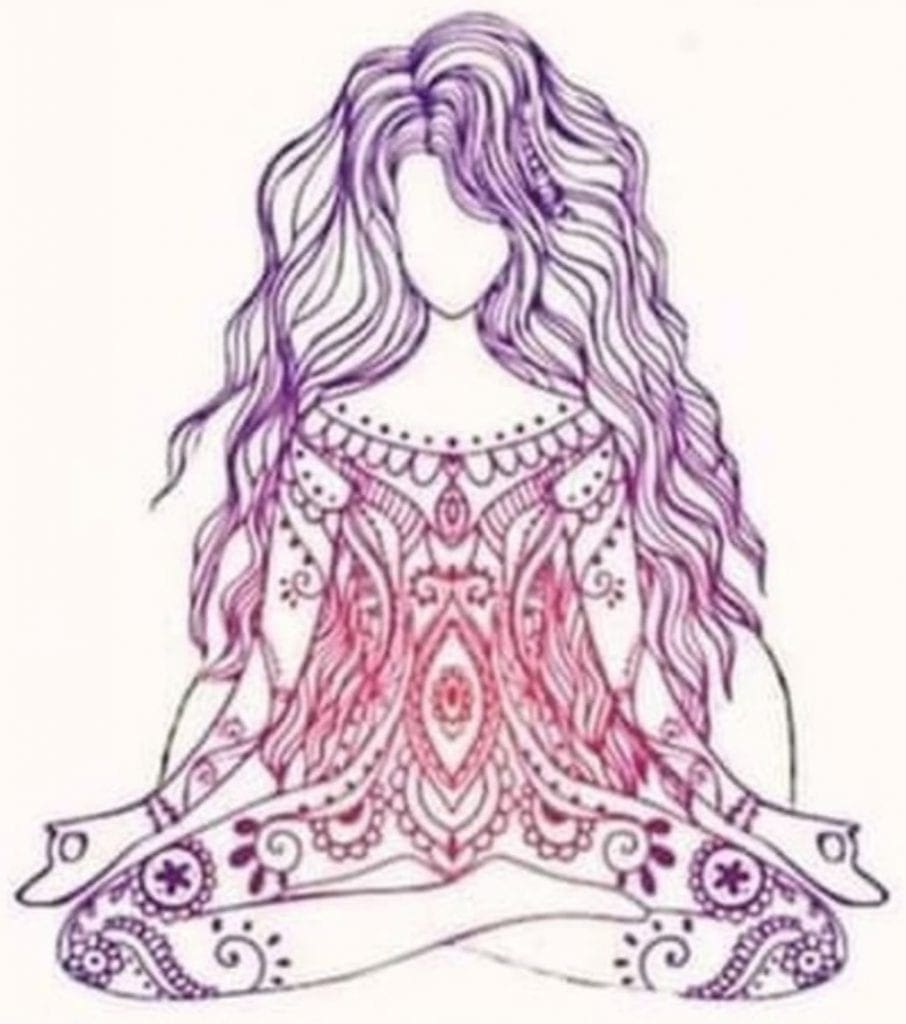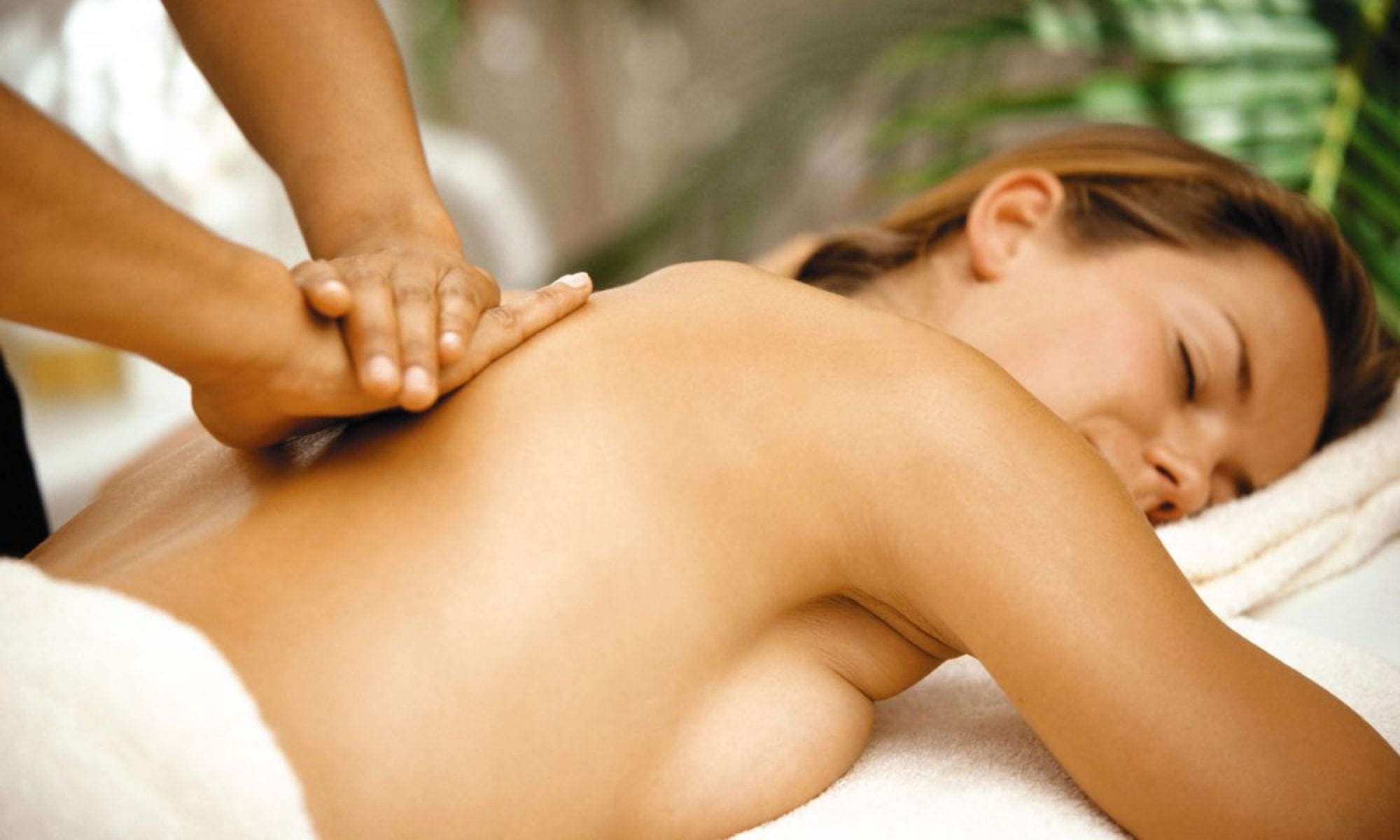The Pleasure Gap
It’s no secret that many women struggle to reach orgasm during sex — and it’s a pattern that’s been well documented and frustratingly persistent. What’s often referred to as the “pleasure gap” remains a striking disparity, particularly in heterosexual encounters. A 2019 study highlighted just how wide that gap is: while 82 percent of men reported orgasming during their most recent casual sexual experience, only 32 percent of women said the same. Fast forward six years, and little has changed. In a large-scale study published in June 2023 involving over 24,000 American adults, researchers found that men still reported orgasming between 22 to 30 percent more frequently than women.

For women who rarely or never orgasm during sex, these numbers don’t just feel discouraging — they reflect a deeper, systemic issue. The normalization of women not reaching climax has become so ingrained in our culture that it’s often brushed off as just “how things are.” But it shouldn’t be.
There are many factors contributing to this imbalance. From a young age, most women receive little to no comprehensive education about their own pleasure. Traditional sex education, where it exists, often focuses on anatomy, reproduction, and risk prevention — not intimacy or enjoyment. Meanwhile, the influence of mainstream pornography tends to reinforce unrealistic and male-centered depictions of sex, where the male orgasm is the assumed endpoint of every encounter.
These skewed representations bleed into real-life sexual dynamics. In many heterosexual relationships, there’s an unspoken prioritization of male pleasure, while female pleasure is often treated as secondary, optional, or worse — performative. Women are frequently encouraged, whether subtly or explicitly, to appear satisfied rather than to genuinely seek satisfaction.
This cultural conditioning doesn’t just shape how sex unfolds in the bedroom; it also shapes what women believe they’re allowed to expect or ask for. Emotional and psychological barriers — including shame, self-consciousness, and a lack of communication — can make it even more difficult for women to focus on their own needs and desires.
The result is a sexual landscape where far too many women feel disconnected from their own pleasure, pressured to perform rather than to explore. Closing the pleasure gap isn’t just about better techniques or more foreplay — it requires shifting how we talk about sex, how we value women’s experiences, and how we define intimacy in the first place.
The good news? These patterns aren’t set in stone. With growing awareness, better education, and open, shame-free conversations about pleasure and equality, change is possible — and overdue.


